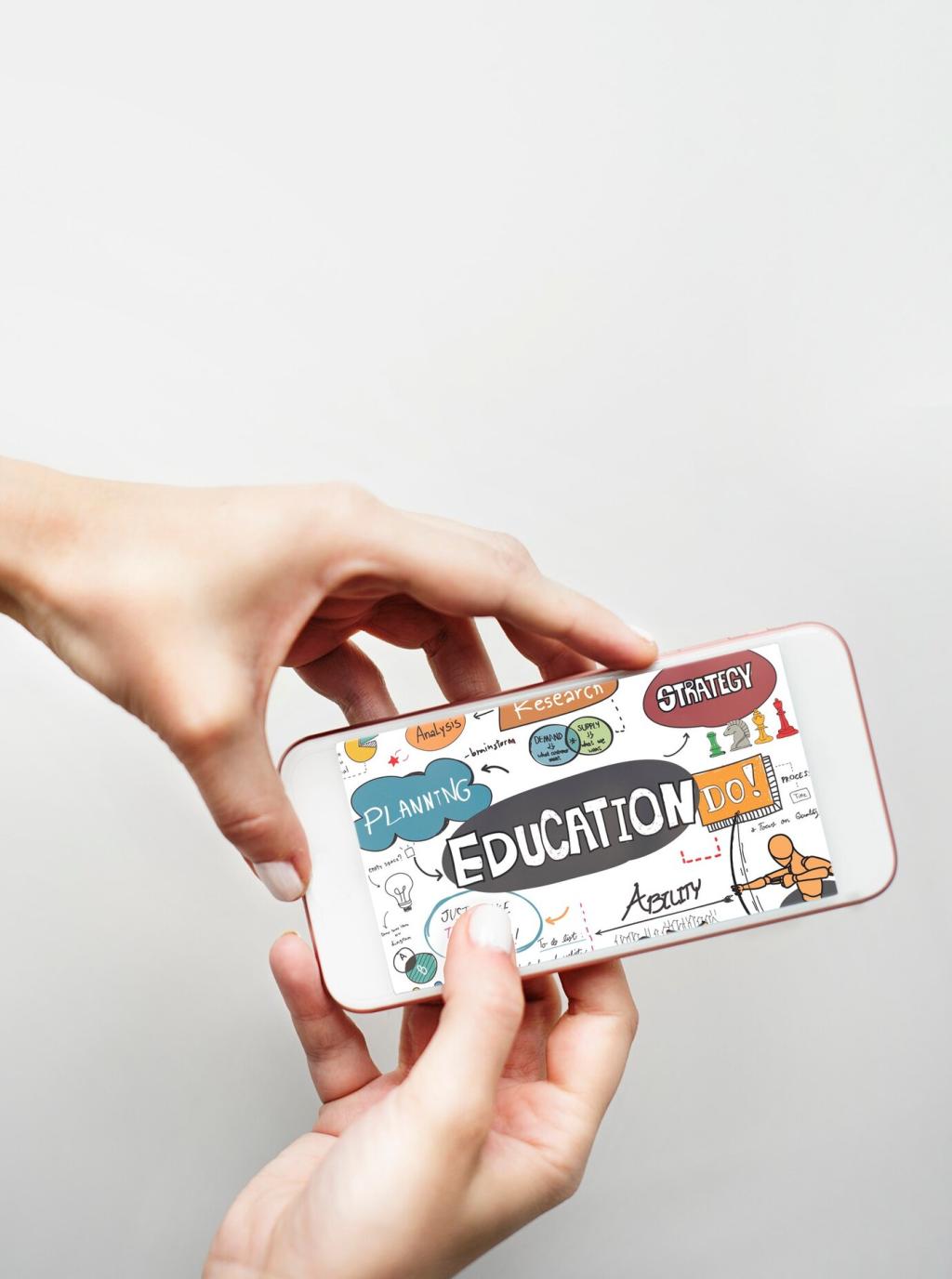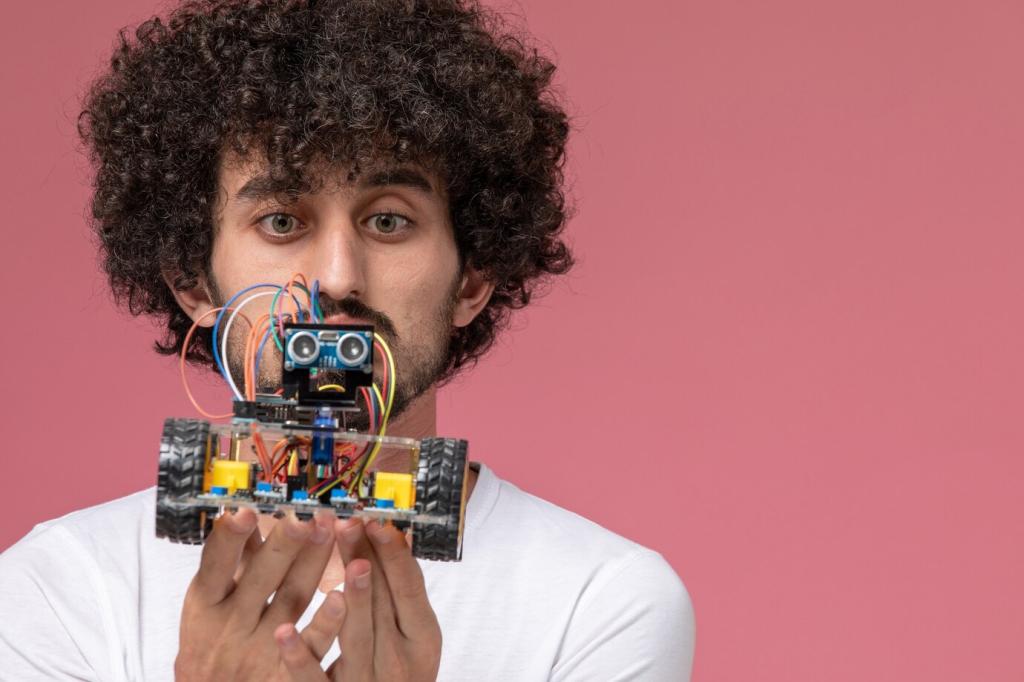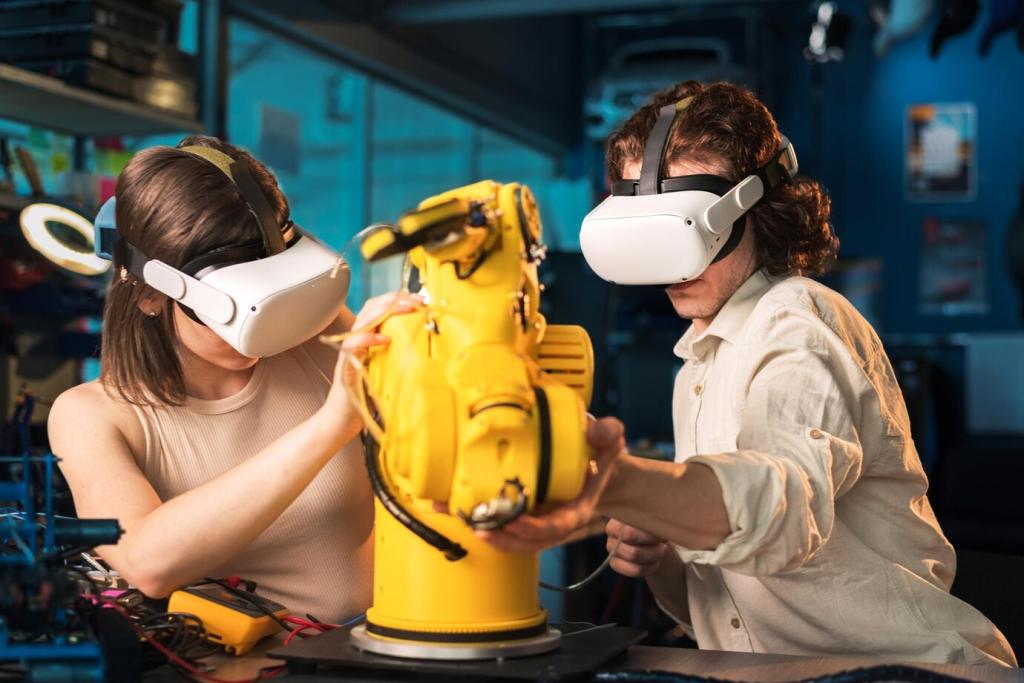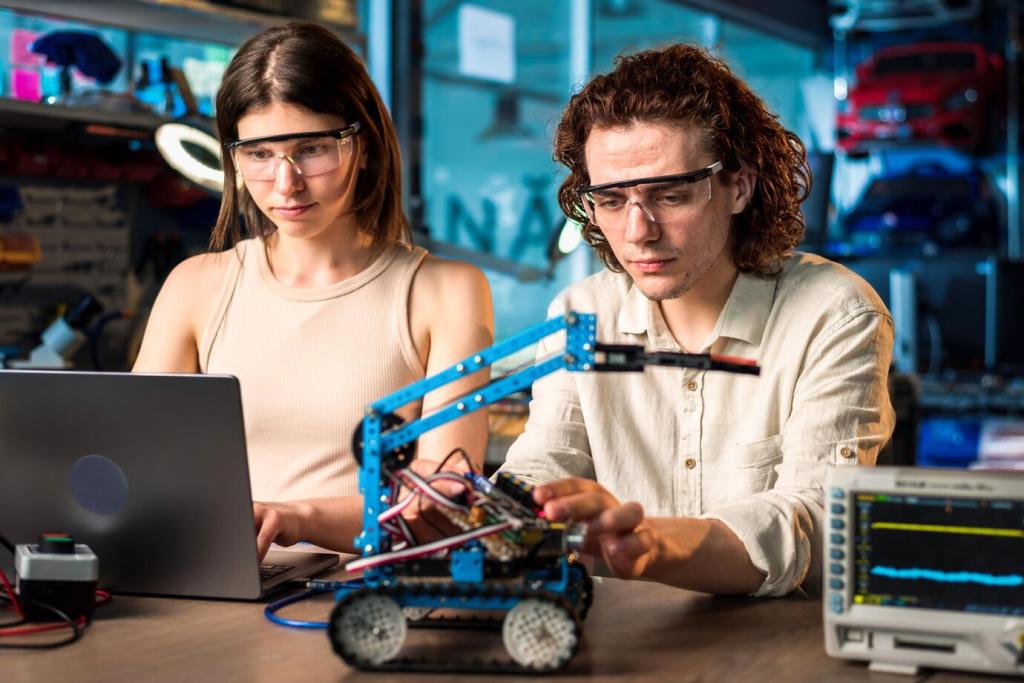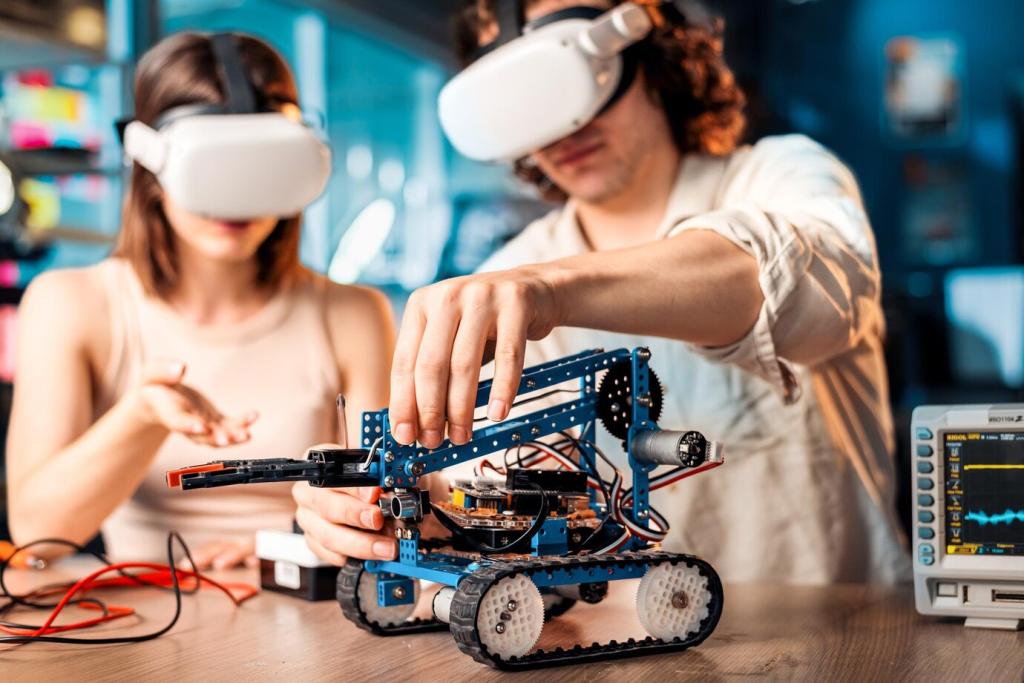Scaffolded Projects: From First Scripts to Capstone Builds
Launch with bite-sized challenges: move exactly 30 centimeters, turn 90 degrees, stop at a line, back up on bump. Celebrate each achievement with quick reflections on what changed—code, wiring, or approach. Encourage students to nominate their most useful bug fix in a class shout-out.
Scaffolded Projects: From First Scripts to Capstone Builds
Pick a theme—ecosystems, city planning, or space exploration. Teams propose a mini-problem, sketch pseudocode, then build a working demo in two classes. They document constraints and trade-offs. Invite comments on which constraints felt realistic and why, guiding sharper engineering thinking.
Scaffolded Projects: From First Scripts to Capstone Builds
Students identify a real user—custodians, younger grades, or a local librarian—and design a helpful robot behavior. Weekly check-ins, iteration logs, and user feedback steer improvement. Plan a demo day and collect community questions to drive post-launch updates and richer portfolios.
Scaffolded Projects: From First Scripts to Capstone Builds
Lorem ipsum dolor sit amet, consectetur adipiscing elit. Ut elit tellus, luctus nec ullamcorper mattis, pulvinar dapibus leo.

